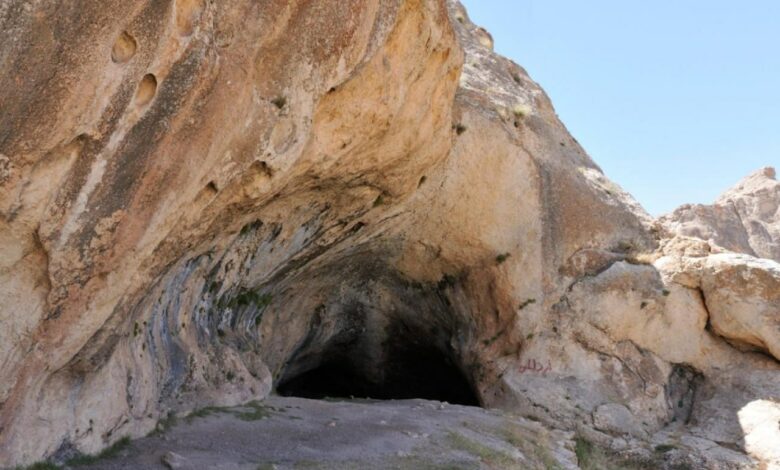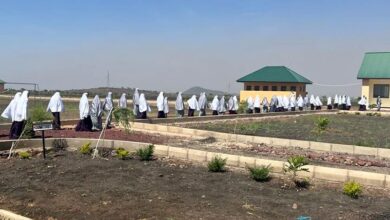New evidence for 450,000-year-old human presence at Iranian cave found, study reveals

A joint academic study between France and Iran has found evidence of human presence in a cave in central Iran, dating between 452,000 and 165,000 years ago.
The findings include carved stone tools, horse bones, and primary teeth. The study, published in the “Journal of Paleolithic Archaeology” at the end of May, indicates that this discovery pushes back the earliest documented evidence of human settlement in the region by 300,000 years.
The research team, led by French scientist Gilles Berillon and Iranian scientist Hamed Vahdati Nasab from Tarbiat Modares University in Tehran, conducted this study. Gilles Berillon, a researcher at the French National Centre for Scientific Research (CNRS) at the Museum of Man, participated in the study and noted that such ancient archaeological materials are rare in this area.
Prehistoric studies scientists have known that the central Iranian plateau has been inhabited for hundreds of thousands of years, given the numerous sites in surrounding regions, including the Arab Levant, the Caucasus to the west, and Central Asia to the east, where various human species such as Homo erectus, Neanderthals, Denisovans, and Homo sapiens lived.
In 2018, the French-Iranian anthropological project team re-examined “Qaleh Rostam Cave” (Northern Iran), located at the western edge of the central Iranian plateau, overseen by the Zagros Mountains. The cave, situated at an altitude of 2137 meters, had been subjected to illegal excavations decades ago, during which carved stone tools were found near the cave entrance.
The new excavations, which reached a depth of two and a half meters over an area of just 11 square meters, resulted in the discovery of “tens of thousands of artifacts,” according to Gilles Berillon. Among these artifacts were many horse and wild donkey bones with butchering marks and stone tools used in food preparation.
These discoveries provided rich material that could be precisely dated because they remained in place across several layers, the deepest dating back 452,000 years and the most recent to 165,000 years ago.





